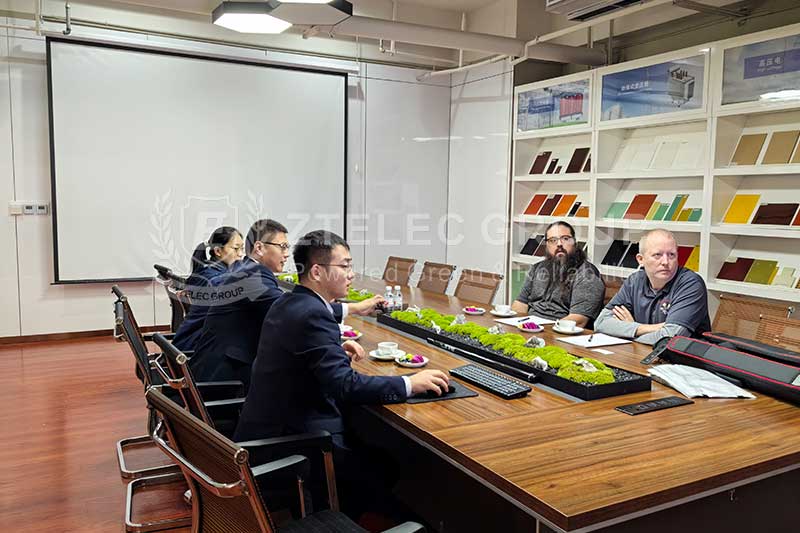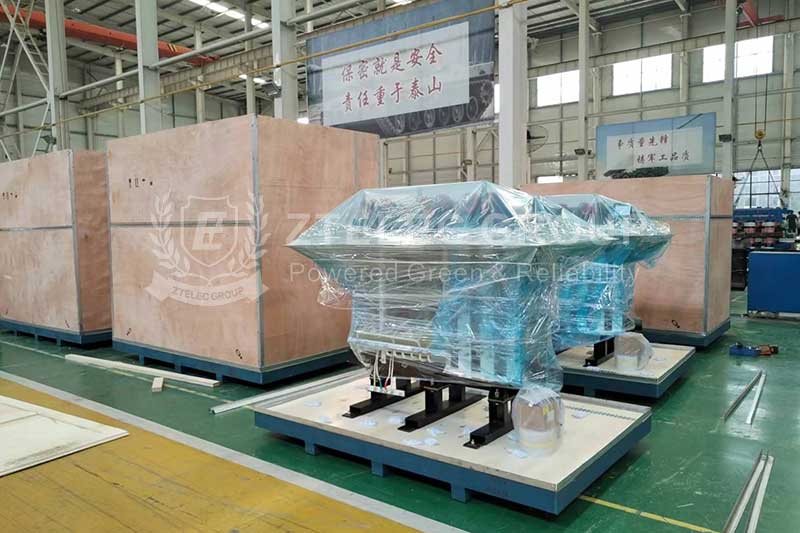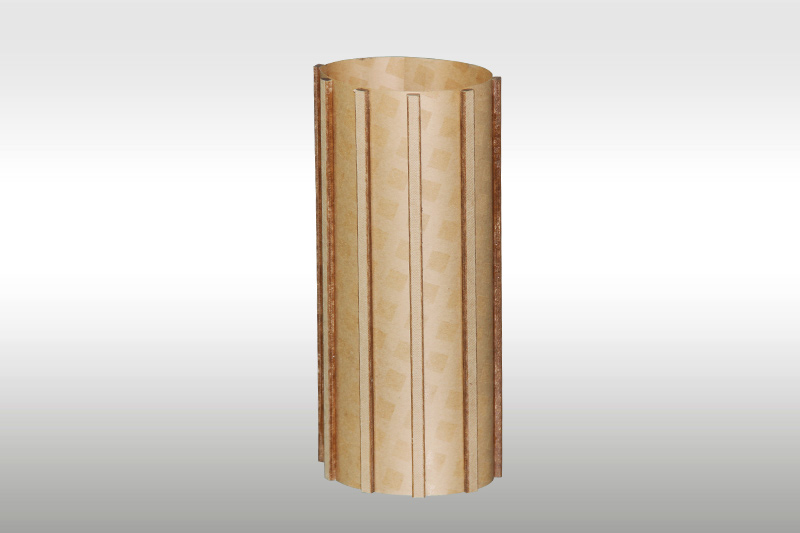What is the g10 made of and the manufacturing process
2024-08-19 10:25 | By: ZTELEC-www.ztelecgroup.com | 150click
What is G10?
G10 is a composite material, meaning it is made up of multiple components to create a product that has desirable properties not found in the individual materials. The "G" in G10 stands for "glass," reflecting the material's composition of woven fiberglass cloth and epoxy resin.G10 is a high-pressure fiberglass laminate, a material often used in the manufacture of knife handles, circuit boards, and other items requiring a durable, moisture-resistant material.
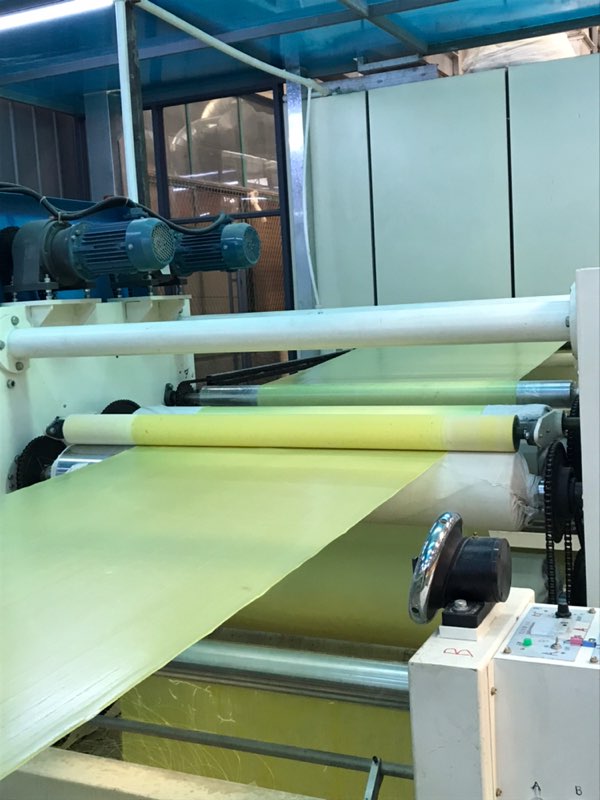
How G10 is Made
Electrical insulation materials G10: Manufacturing Process
Fiberglass Cloth Preparation:
The first step in the creation of G10 involves weaving glass fibers into a cloth. The glass fibers used in G10 are extremely fine, usually around 10 microns in diameter, which gives the material its strength and durability.
Epoxy Resin Application:
The woven fiberglass cloth is then impregnated with an epoxy resin. This resin is what binds the fibers together and gives the material its rigidity and resistance to moisture.
Layering:
Multiple layers of the resin-coated fiberglass cloth are stacked together. The number of layers depends on the desired thickness of the final product.
Curing Under Pressure:
The stacked layers are then subjected to high pressure and heat, which causes the resin to cure and bond the layers into a single solid piece. This process also removes any air bubbles, ensuring a strong, uniform material.
Cutting and Shaping:
After the curing process is complete, the G10 is cut into sheets of various sizes and thicknesses. These sheets can then be further shaped and finished as needed for specific applications.
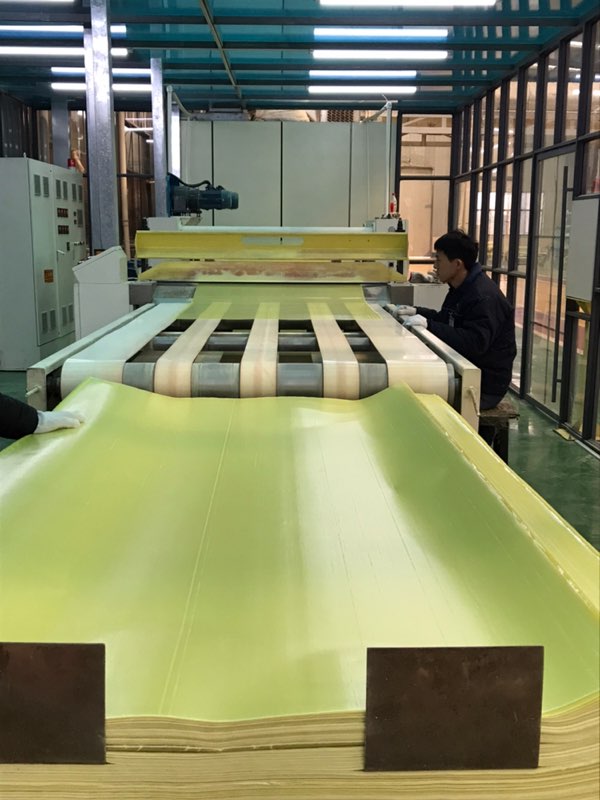
Properties of G10
Strength and Durability: G10 is known for its high strength-to-weight ratio, making it extremely durable while remaining lightweight.
Moisture Resistance: The epoxy resin used in G10 is highly resistant to moisture, making the material ideal for use in environments where water exposure is a concern.
Electrical Insulation: G10 is an excellent electrical insulator, which is why it is often used in the manufacture of circuit boards and other electrical components.
Versatility: G10 can be easily machined, drilled, and shaped, making it a versatile material for a variety of applications.
tags:Lightning ProtectionOverload ProtectionShort Circuit Protectiontransformer safety10kV oil-immersed transformer
- more+releated article
- 2025-10-21Application of K Factor Transformer
- 2025-10-21Detailed explanation about transformer model w
- 2025-10-2010kV Oil-Immersed Transformer Safety: Lightnin
- 2025-10-20What are The Advantages of Phenolic Cotton Clo
- 2025-10-17Are Three-Phase Isolation Dry-Type Transformer
- 2025-10-17G10 Epoxy Sheet: Choosing the Right Specificat
- 2025-10-1610kV Oil-Immersed Transformer Operation Inspec
- 2025-10-163240-B Epoxy Phenolic Glass Fiber Cloth Lamina
- 2025-10-15G10 Epoxy Sheet: The Preferred Insulation Mate
- 2025-10-15Analysis of Energy-Saving and Noise Control Te


